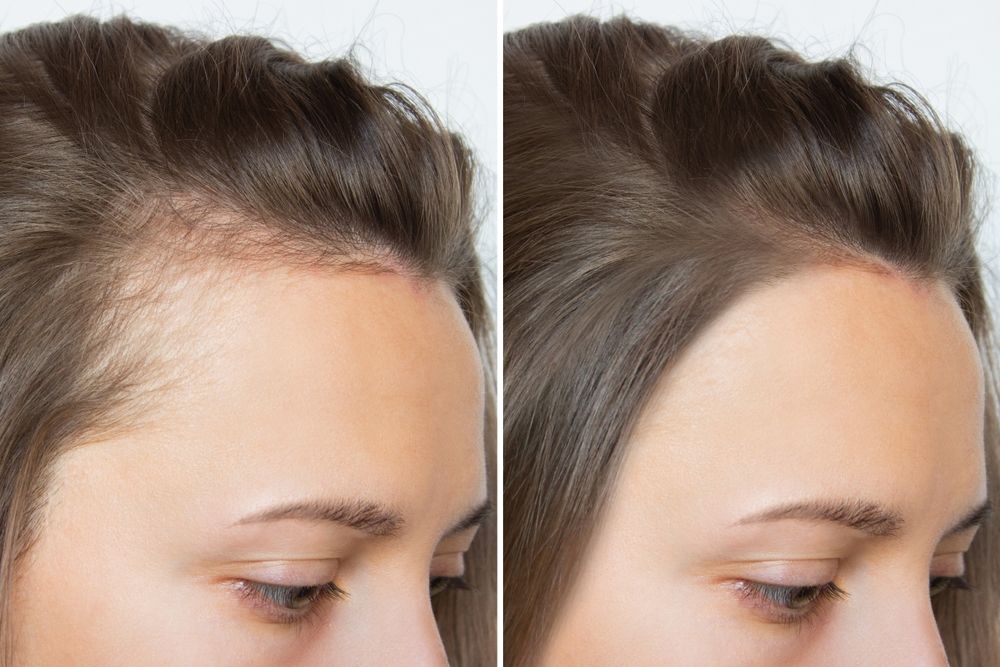Lake Norman breast augmentation

Women who choose to have breast augmentation do so for their own personal reasons, and the procedure itself is also very personalized. Among the many choices that a woman will need to make as she plans her procedure is about which incision location she prefers. There are three main options, and they each have their own advantages and disadvantages.
Inframammary incisions
The inframammary incision is made in the natural crease at the bottom of the breast, where it meets the chest wall. After healing, the scar is very discreet. It will be easily hidden under a bra or two-piece swimsuit.
One advantage of this incision choice is that it allows the surgeon the most direct access to the breast implant pocket. This gives Dr. Miles the ability to create the breast pocket very precisely, which supports the creation of the best outcomes.
One potential disadvantage with this scar is that it’s possible that the scar may not end up exactly in the inframammary crease. This can happen because the precise location of the crease will change after the placement of the implants, particularly as they “drop” over the first few weeks after the procedure. A surgeon with a high level of skill (such as Dr. Miles) can make a very good prediction about where the breast crease will end up, and most of the time, the scar will be well-placed; however, it’s not possible to precisely predict this in every case, and so there is a chance that the scar will be located on the bottom side of the breast itself rather than in the crease as intended.
Transaxillary incisions
The transaxillary incision is made in the armpit. The incision is placed in a natural crease in the area, so that after healing, it is usually very difficult to see under most circumstances.
The primary advantage of this incision type is that it leaves no scars on the breast itself. The scars are generally very short and are located in the armpit. At the same time, women should keep in mind that the scar may be visible under certain conditions. For example, when doing yoga in a sleeveless top, the scar may be visible if someone looks closely, while an inframammary incision would be covered even by a sports bra with no top. However, the scar is very short, and after healing, it will not usually be noticeable to a casual viewer.
Another potential disadvantage is that this incision choice may limit the size and type of the implant that can be placed. Placing a saline implant through a transaxillary incision is fairly easy, because this type of implant is inserted while empty and then filled once inside of the breast. However, a silicone implant is more difficult to fit through the small space of the armpit, and the size of the implant will need to be small enough for it to fit. A highly cohesive (“gummy bear”) implant often cannot be placed through a transaxillary incision, because it can’t be squeezed in order to fit through.
Periareolar incisions
A periareolar incision is made around the lower border of the areola, which is the dark circle around the nipple.
Women who would also like to have the size of the areola reduced during their breast augmentation procedure may prefer the periareolar incision, because it avoids having a second incision made in order to place the implant. In this case, the incision will be all the way around the areola, so that tissue can be removed to create a new, smaller areola.
A disadvantage of the periareolar incision is that it’s the most likely to interfere with future breastfeeding, because the glandular tissue and milk ducts are disrupted during the procedure. If you’re a younger woman and you may want to breastfeed a baby in the future, then a different incision choice would likely be better for you. Another disadvantage is that it places the scar from the breast augmentation directly on the most visible part of the breast, although the scar is usually disguised to some extent by the border of the areola itself once healing is complete.
Transumbilical incisions
In the transumbilical approach, the incisions are made in the belly button, and then the surgeon tunnels up through the tissue of the abdomen underneath the skin in order to reach the breasts.
We included this type of incision because some women have heard of it and ask us about it. However, transumbilical breast augmentation is not a procedure that Dr. Miles performs. The reason is that outcomes have not been good from this approach. The surgeon must create the implant pocket blindly and through a long tunnel, which makes it very difficult to get a good result. Additionally, tunneling through the tissue of the abdomen can create complications in itself. While it may sound like a good idea in theory, in practice this approach just doesn’t really work. Those who want to avoid scars on the breast itself can choose a transaxillary approach instead.
Are you considering Lake Norman breast augmentation?

If you’re around the Charlotte and Lake Norman area, and are considering breast augmentation, Dr. Miles would be happy to talk with you further about your incision choices as well as the other choices you’ll need to make, and to advise you on what he recommends in your particular case. A plastic surgery consultation is a chance to have a long conversation with Dr. Erik Miles and get all of your questions answered, without any pressure at all to schedule a surgical procedure. Please contact our office if you’d like to book an appointment.



